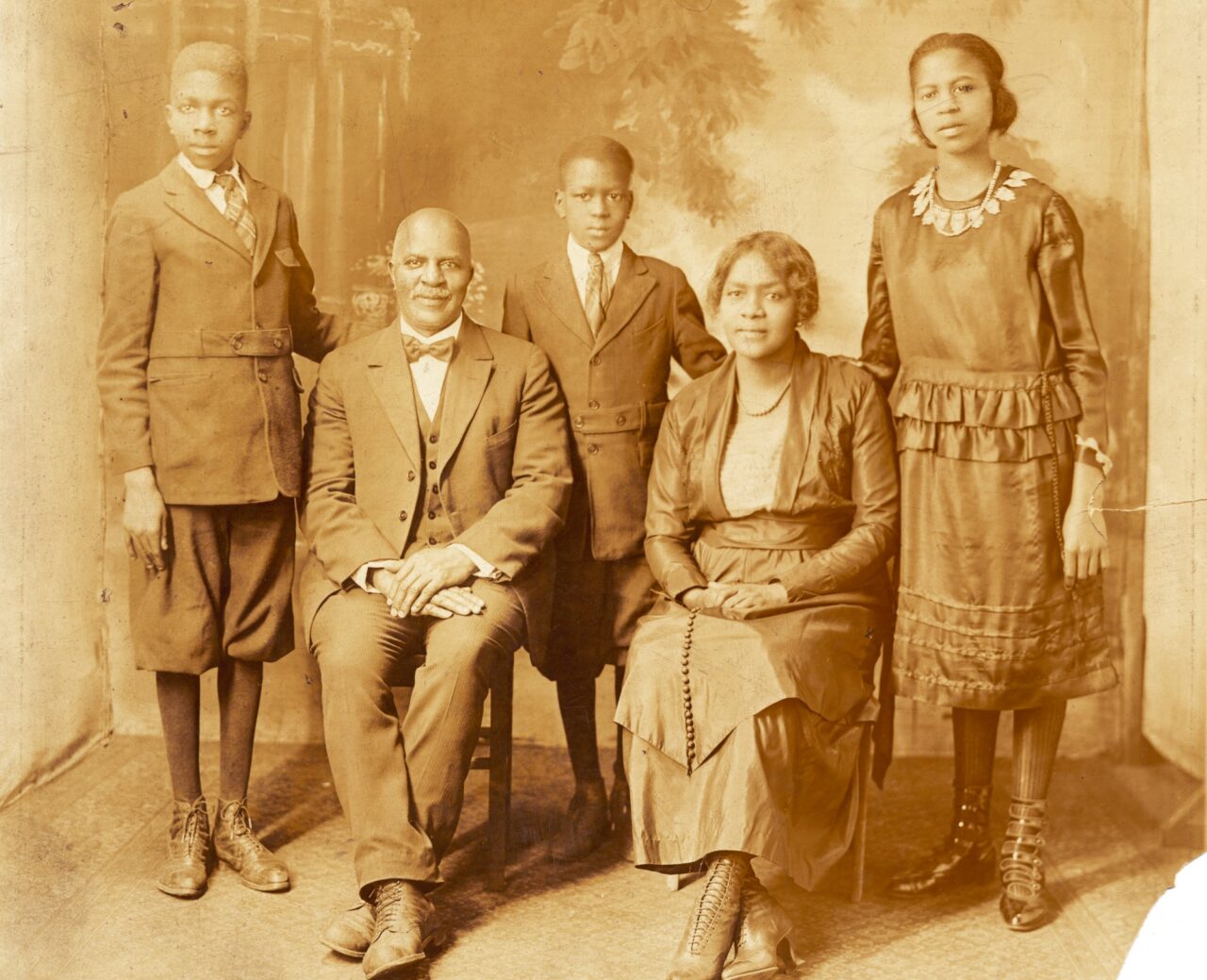Donating to the CHM Collection

The Museum collects historical items that tell Chicago stories
Thank you for your interest in donating your historical materials to the Chicago History Museum. Every year, new materials are added to the collection through the generosity of individuals and organizations. These donations help the Museum fulfill its mission to share Chicago stories.
Please note: We are unable to accept unsolicited donations without a donation form
Due to the high volume of donation offers the Museum receives, we are unable to accept unsolicited objects, images, or documents unless you first submit a completed Online Collection Donation Form describing the material you wish to donate. Please do not send the original materials you wish to donate to the Museum until you have been contacted by Museum staff.
If you are unable to complete the online form, please call the Chicago History Museum receptionist at 312-642-4600 and request that a copy of the donation form be mailed to you. Please try to include a photograph and measurements of the objects, images, or documents with your form. You may mail back your completed form to the address below or send it via fax.
Collection Donations
Department of Curatorial Affairs
Chicago History Museum
1601 North Clark Street
Chicago, Illinois 60614-6038
Fax: (312) 266-2077
Once the form is received, your proposed donation will be reviewed by curatorial and collection staff. If Museum staff are interested in pursuing your donation, we will contact you to collect additional information, receive your objects, images, and documents. Response times vary due to a variety of factors including, but not limited to, volume of donation inquiries, competing Museum priorities, and development of special exhibitions. Next, a curator will present your historical materials along with a recommendation for acquisition to the Staff Collection Committee, which meets every two months (please note, regular reviews may be postponed due to the factors listed above). Following acceptance by the Staff Collection Committee, you will be issued a deed of gift to document your transfer of the objects, images, and documents to the Museum. If you have questions, concerns, or other issues you wish to discuss, please contact us.
Please refer to the frequently asked questions below for additional information on collection donations.